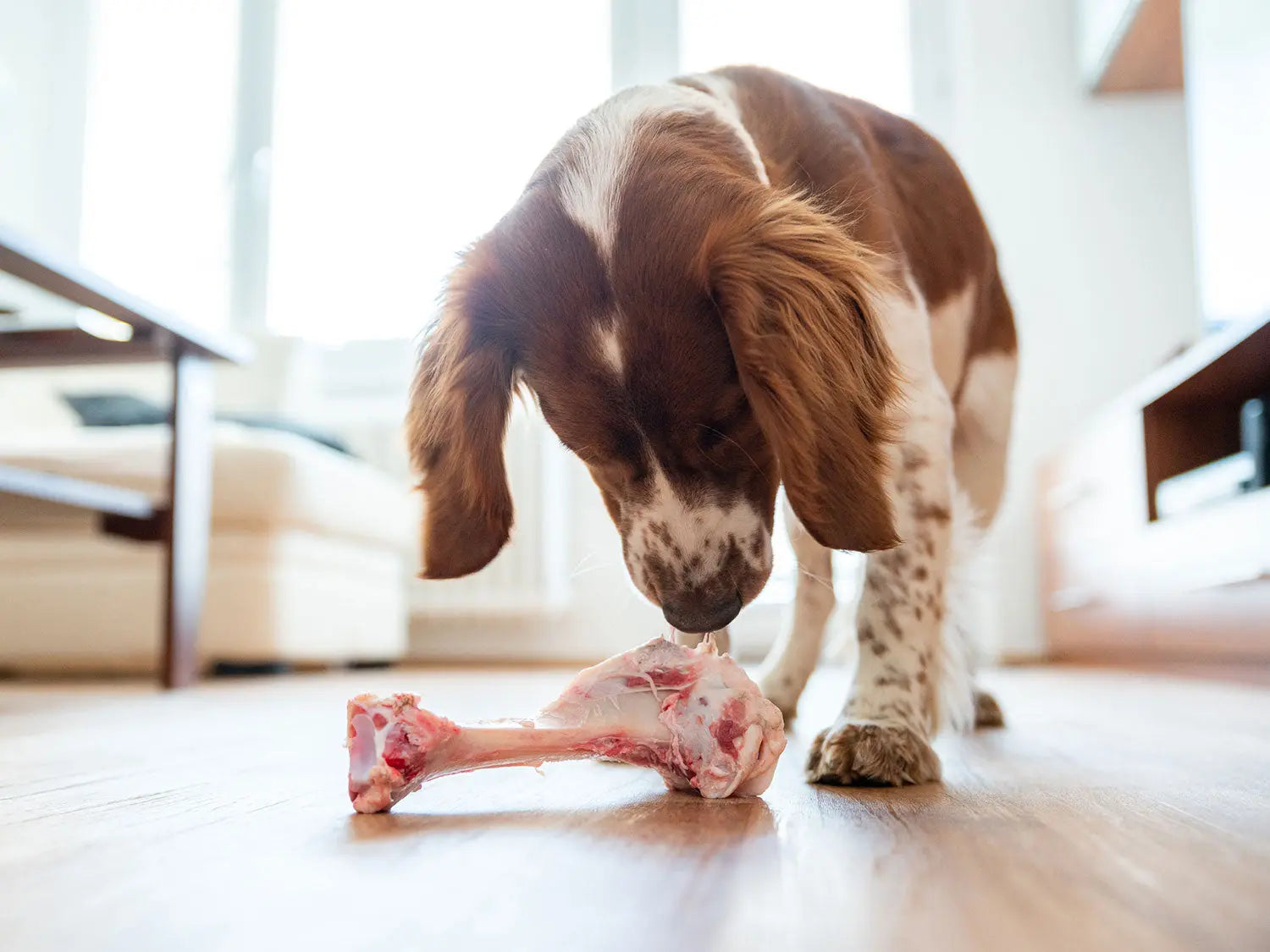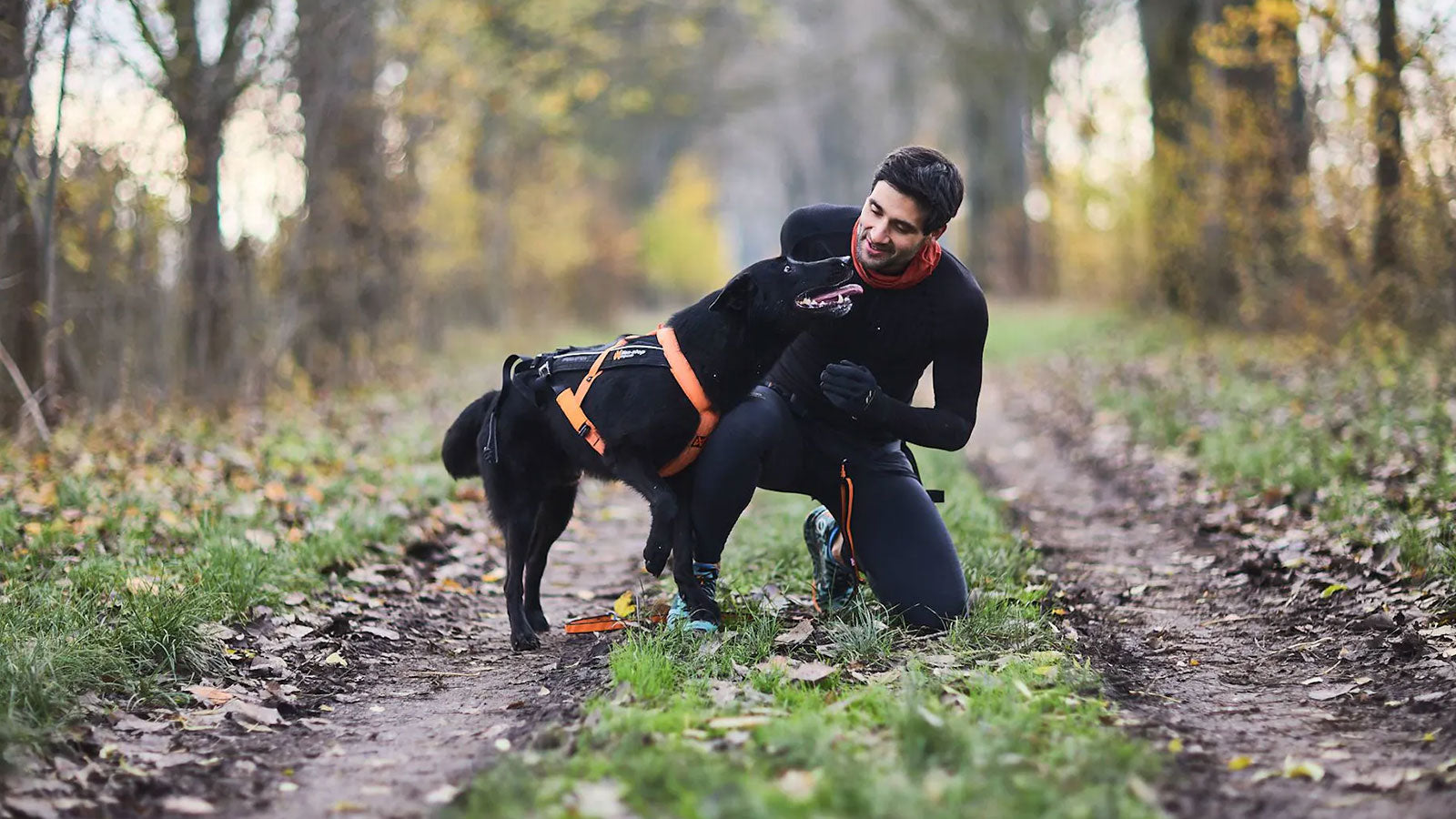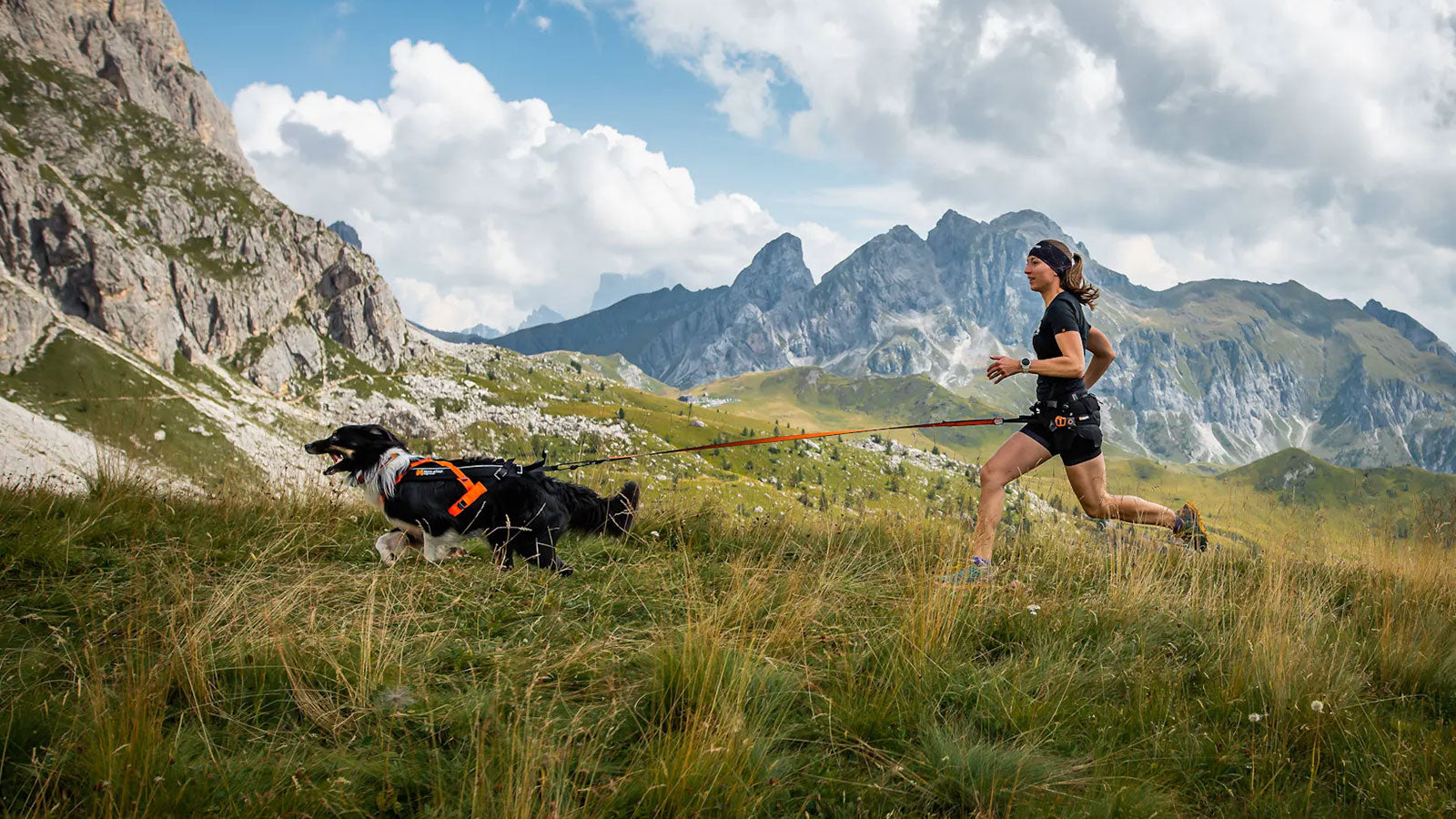We love raw meaty bones! We encourage feeding raw meaty bones to fully raw fed cats and dogs. Meaty bones provide cats and dogs with behavioural stimulation, dental benefits and appropriate nutrition - plus they love them!
Bones can also be a cost-effective way to feed a large dog, offering a natural and satisfying chewing experience. Our selection includes a variety of bones to suit different sizes of cats and dogs, all sourced from wild animals (such as venison pieces and rabbit ears) or free-range sources (like chicken necks, chicken feet, and beef marrow bones).
Introducing Bones to Your Pet's Diet
If you're new to raw feeding or have a young puppy or kitten, it's important to note that they may not eat bones right away. Introducing bones gradually is key. Our experts are available to advise you on when and how to introduce bones into your pet's diet. Whether you're visiting our store or consulting online, we encourage you to reach out for personalized advice before you start feeding bones. Here are some important factors to consider:
Choosing the Right Size and Type of Bone
Dogs and cats need to rip, tear, and chew to get the full benefits of raw meaty bones. It's essential to choose bones that have plenty of meat or soft tissue on them, as these provide the necessary chewing resistance and nutritional value.
Size Matters: Not Too Small
Bones should be appropriately sized to be chewed and crunched, but not so small that they could be swallowed whole. Small bones can pose a choking hazard and may cause oral trauma, so it's important to select a bone that is just right for your pet's size and chewing habits.
Avoid Large, Heavy Bones
On the other hand, it's also crucial to avoid bones that are too large or heavy, such as cannon bones. These can be too hard and may lead to fractured teeth. Always choose bones that are appropriate for your pet's chewing strength and size.
Never Feed Cooked Bones
One of the most important rules to remember is never to feed cooked bones to your dog or cat. Cooked bones can splinter easily, creating sharp edges that are extremely dangerous. These splinters can cause serious internal injuries, so it is always best to stick to raw bones only.
Balancing Bones with the Rest of the Diet
While raw meaty bones offer great benefits, they are not a complete diet on their own. To ensure you're feeding a balanced raw diet, it's important to offer a variety of prey sources along with tripe and organs. This variety will help meet all of your pet's nutritional needs.
Enhancing Digestion with Green Tripe
To aid the digestion of bones, we recommend adding green tripe to your pet's meals. Green tripe acts as a prebiotic and probiotic, promoting healthy digestion. Generally, tripe should make up about a quarter to a third of your pet's meals when feeding bones.
Considerations for Special Cases
Bones are not suitable for every pet. Older, sick, pregnant, lactating, or medicated pets may not be able to digest whole bones properly. Additionally, pets with a history of restorative dental work or ongoing dental issues may need to avoid whole bones altogether. If your pet falls into any of these categories, please consult with one of our team members before introducing bones into their diet.
Supervision is Key
Always supervise your dog or cat when they've been given a bone. This precaution is important to prevent choking, excessive chewing, or potential fights between pets. Even the best of dog-friends should be separated when they have exciting bones in their grasp, as the competition could lead to unsafe behavior.
Special Care for Brachycephalic Breeds
Brachycephalic breeds—those with shortened heads such as Pugs, French Bulldogs, and Bull Mastiffs—can thrive on a raw food diet, but they may struggle with whole bones due to their unique jaw structure. If you own a brachycephalic breed, take extra care in selecting and offering bones, and consult with our team for specific recommendations.
Feeding raw meaty bones can be an excellent addition to your pet's diet, but it requires careful consideration and planning. For personalized advice and more information on how to safely introduce bones into your pet's diet, be sure to talk to our team. We're here to help ensure that your pet enjoys all the benefits of a balanced, nutritious raw diet.






Share:
Feeding Kittens & Puppies
Raw Feeding Starter Guide